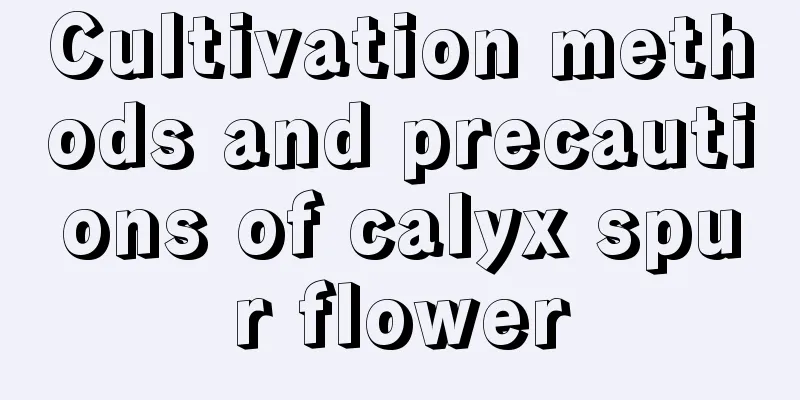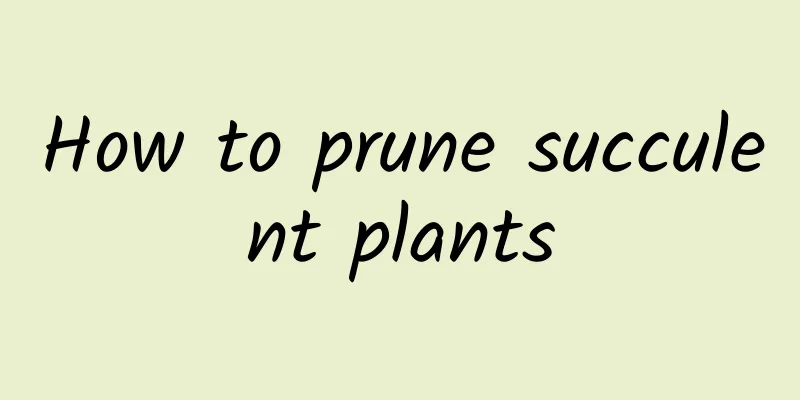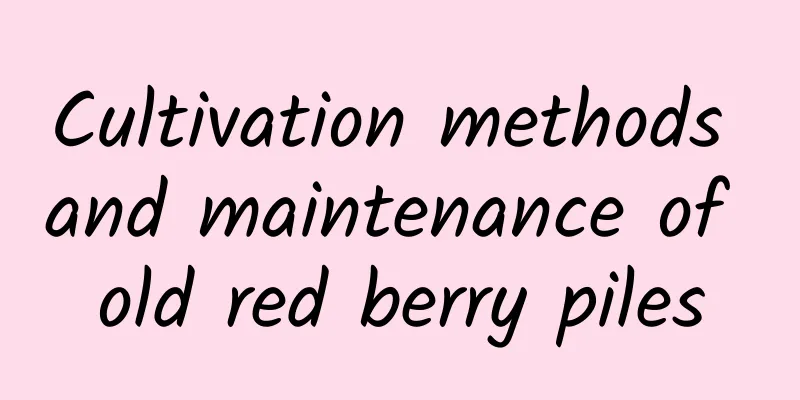Cultivation methods and precautions of calyx spur flower

1. TemperatureThe calyx spur generally prefers a warmer place, and the most suitable temperature for it to grow well is between 20 and 30 degrees. In addition, it is not very cold-resistant, so the temperature in winter should be above 5 degrees, otherwise it will easily be frostbite. So the temperature must be controlled well. 2. LightingThe calyx prefers an environment with more sunlight and can tolerate a certain degree of semi-shade. Except for the need for appropriate shading in the summer, it is best to allow it to enjoy more sunlight at other times. If there is not enough light, although it can still grow, the flowers will be very ugly, and sometimes it will not even bloom. 3. WateringThe calyx spurred flower is very suitable for living in moist soil and is not very sensitive to the moisture in the soil. During its growth period, watering should not be too little or too much, just keep the soil in the pot moist. But it is very afraid of the presence of too much water, otherwise its roots will rot. In summer, you can water it more reasonably, but in winter you should start to control the amount of watering and keep the soil in the pot dry. 4. HumidityIt is more suitable for a humid environment, so the humidity in the air should be between 50% and 60%. In the summer when the temperature is relatively high and the weather is very dry, when watering it, you should also spray water on the surrounding ground appropriately. This will not only lower the temperature appropriately, but also create a very moist and cool environment. 5. FertilizationThe calyx spurred flower is very tolerant of poor soil and can grow normally in this kind of soil. However, since its branches and leaves grow very fast and it blooms a lot of flowers, it should be given additional fertilizer every half a month during the growing season. You cannot use nitrogen fertilizer alone, otherwise the plant will grow well but will rarely bloom. In autumn, you can stop applying nitrogen fertilizer and only use phosphorus and potassium fertilizer. No fertilizer is needed in winter. |
<<: Cultivation methods and precautions of purple echinacea
>>: Cultivation methods and precautions of red frangipani
Recommend
What is the best fertilizer for bitter gourd?
Fertilization time for bitter melon The best time...
What do baby's breath seedlings look like? How to maintain?
Gypsophila paniculata , also known as cone stone ...
How to grow California Sunset succulent into an old pile
California Sunset Succulent is a hybrid variety o...
Can mint be propagated by cuttings?
Mint is a common plant with amazing reproductive ...
How long is the growing cycle of amaranth?
Introduction to Amaranth Growth Amaranth is not p...
How to plant succulents for the first time
1. First planting method 1. Seed sowing: When pla...
How to grow tulips hydroponically
1. The embryonic stage Choose the right bulbs, pl...
Bean planting technology and management technology
In southern China, the area of bean cultivation...
Planting methods and management techniques of kidney beans
Kidney beans , also known as string beans and gre...
What is the function of green radish? Can it absorb formaldehyde?
1. Function 1. Ornamental decoration: The leaves ...
What kind of soil do azaleas like?
1. What kind of soil do you like? Rhododendron pr...
When the weather gets cold, these 4 kinds of flowers need to be moved back into the house, as their leaves will turn yellow when the wind blows!
In order to prevent everyone’s plants from freezi...
How much is a monk fruit and how to choose it
1. How much does it cost? Generally speaking, the...
The efficacy and function of Xu Changqing
1. Eliminate rash and relieve itching Xu Changqin...
The efficacy and function of Huanghuai Cassia
The efficacy and function of Huanghuai Cassia Eff...









